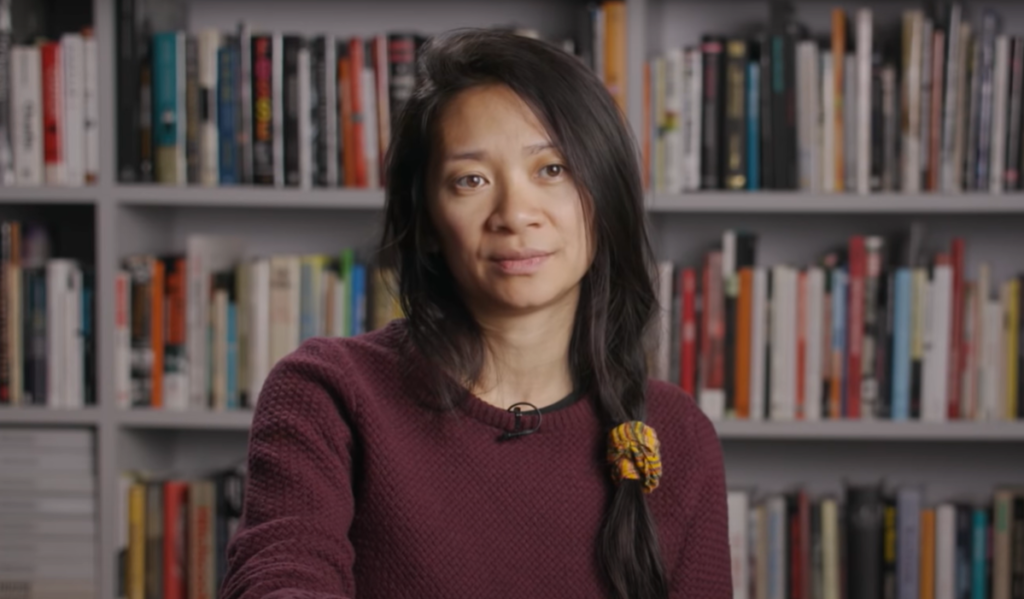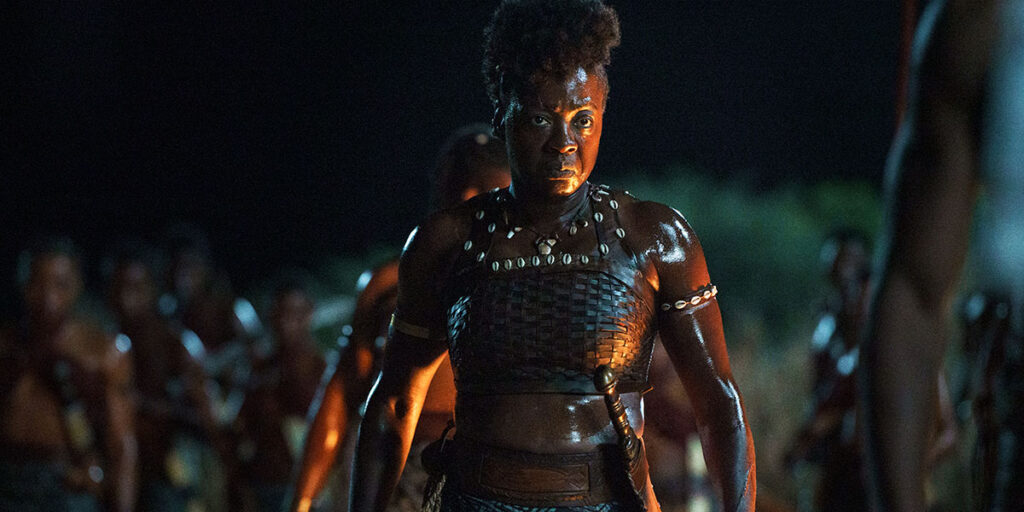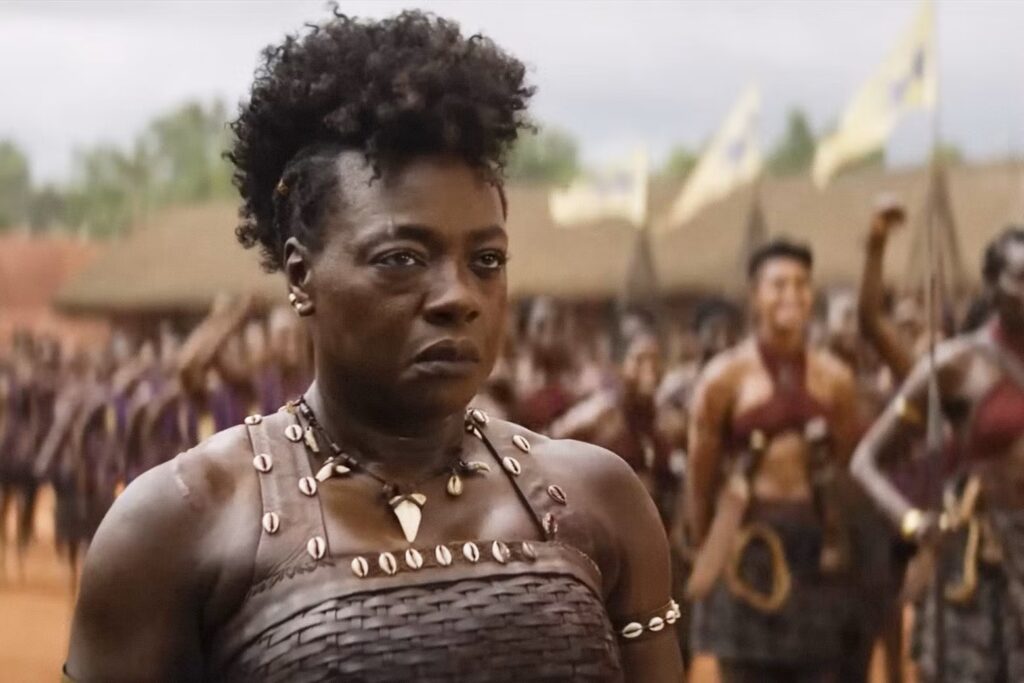Dr. Martha Lauzen and the Center for the Study of Women in Television and Film have published the latest “Thumbs Down” report on gender representation in film criticism — and, frustratingly, not a whole lot has changed since last year. As of this spring, male film reviewers still outnumber women at a ratio of nearly two to one. Women represented 35 percent of print, broadcast, and online film reviewers in the U.S., and penned 34 percent of reviews. In 2019, those respective figures were 34 percent and 32 percent.
“Thumbs Down 2020” includes data from 4,000 reviews written by more than 380 critics in January, February, and March of this year. It posits that the wide gender gap in film criticism “is related to the amount of visibility films with female protagonists and/or directed by women receive.”
Overall, women reviewers are more likely to write about films with female protagonists and/or directed by women than their male counterparts. Fifty-four percent of the films women critics reviewed featured at least one female protagonist, and 33 percent were helmed by women directors. Conversely, 45 percent of films reviewed by men feature at least one female protagonist, and just 14 percent are from women directors. “While it is not clear whether these differences are due to reviewer preferences or to editorial assignments, they influence the amount of attention films featuring female protagonists and films with women directors receive,” the study stresses.
Additionally, women critics are more apt to positively review films about women than their male counterparts. On average, women reviewers assigned a rating of 72 percent to female-driven films, as compared to male reviewers’ 69 percent.
As Lauzen explains, the stubborn gender disparity in film criticism isn’t just discouraging, it could also be a bad sign of things to come as the film industry slowly opens back up in the wake of COVID-19. “The overrepresentation of men as film reviewers coupled with the fact that a higher proportion of their reviews focus on male-driven stories and films directed by men advantage those films by giving them greater visibility in the critical marketplace,” she said. “As the film industry reanimates in the coming weeks, this structural inequity will help to ensure that pre-pandemic inequities will remain in place in the pandemic and post-pandemic environments.”
These inequities aren’t just falling along gender lines. “Thumbs Down 2020” also concluded that critics of color are vastly underrepresented. Seventy percent of women reviewers are white, 23 percent are women of color, and seven percent are of an unknown race/ethnicity. Meanwhile, 73 percent of male critics are white, 18 percent are men of color, and nine percent are of an unknown race/ethnicity.
As show biz gradually gets back on its feet and the conversations about systemic racism continue, it’s essential to push for more opportunities for women and people of color. Film criticism, and the broader industry, needs to be more welcoming and inclusive — and it really, really needs to move the needle already.
The main findings from “Thumbs Down 2020” are below. You can check out the full report here.
- Men continue to outnumber women as film reviewers in the U.S. There are almost 2 male reviewers for every 1 female reviewer. Men comprise 65% and women 35% of all film reviewers. For comparison, women accounted for 34% of reviewers in 2019.
- Men wrote 66% and women 34% of reviews. For women, this represents an increase of 2 percentage points from 32% in 2019.
- Male reviewers outnumber female reviewers in every job title category. For example, men comprise 83% and women 17% of film critics. Men account for 70% and women 30% of staff writers.
- With the exception of radio and television, male reviewers outnumber female reviewers in every type of media outlet. Women comprise 58% and men 42% of individuals reviewing for radio and television. However, men account for 69% and women 31% of those reviewing for newspapers, news websites, and wire services.
- Men comprise the majority of those writing reviews about films in every genre. For example, men write 68% and women 32% of reviews about comedies. Men write 69% and women 31% of reviews about action features.
- Both female and male reviewers of color remain dramatically underrepresented. 70% of female reviewers are white, 23% are women of color, and 7% have an unknown racial/ethnic identity. 73% of male reviewers are white, 18% are men of color, and 9% have an unknown racial/ethnic identity.
- A larger proportion of films reviewed by women than by men feature female protagonists. 54% of the reviews written by women but 45% of the reviews written by men are about films featuring at least one female protagonist. Conversely, a higher proportion of the reviews written by men than by women are about films with male protagonists. 55% of the reviews written by men but 46% of those written by women are about films with male protagonists. It is not clear whether these differences are due to reviewer preferences or editorial assignments.
- On average, women reviewers award slightly higher ratings than men to films with female protagonists. Women reviewers award an average rating of 72% and males an average rating of 69% to films with female protagonists. Women reviewers award an average of 73% and men 67% to films with male protagonists.
- More than twice as many of the films reviewed by females as males are directed by women. 33% of films reviewed by women are directed by women. By comparison, women directed 14% of films reviewed by male critics. Conversely, 86% of reviews written by men but 67% by women have male directors. It is not clear if these differences are due to reviewer preferences or editorial assignments.
- In 2020, women comprised 40% and men 60% of “top critics” as designated by Rotten Tomatoes. For women, this represents an increase of 12 percentage points from 28% in 2019, and 6 percentage points from 34% in 2018.







